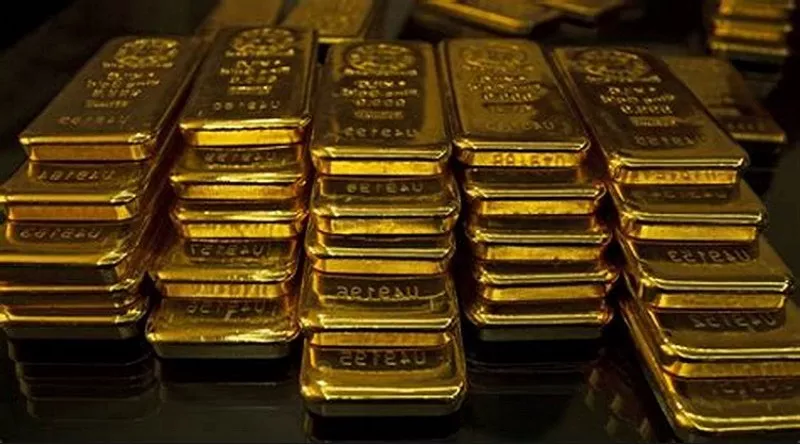In a recent column for the Telegraph, economist Julian Jessop suggests that the long-predicted decline of the US dollar may be closer than anticipated, with potential implications tied to China’s gold reserves.
Despite the dollar’s apparent strength, reflected in the dollar index, Jessop argues that this strength is relative, largely due to weaknesses in other major global currencies. He describes the dollar as the “cleanest dirty shirt in the laundry.”
One of the primary concerns Jessop highlights is the significant issue of US government borrowing and spending. He points out that the US consistently runs massive deficits, resulting in a ballooning national debt that has now surpassed $35.5 trillion and continues to grow rapidly. This relentless borrowing floods global markets with US debt and dollars, with demand for these assets not being limitless.
Jessop references Santiago Capital’s Brent Johnson and his “Dollar Milkshake Theory,” which suggests that during periods of economic uncertainty, the dollar tends to strengthen due to its role as the global reserve currency. However, Jessop questions the sustainability of this theory if the world were to lose faith in the dollar.
The economist outlines three key factors that currently support the dollar’s dominance: the strong institutional framework of the US, the size and depth of its financial markets, and the prevalence of the dollar in global trade transactions. These factors create a substantial demand for dollars globally.
However, signs of challenge to the dollar’s supremacy are emerging, notably from the BRICS economic bloc (Brazil, Russia, India, China, and South Africa), which has expanded to include other nations like Saudi Arabia, Egypt, the UAE, Iran, and Ethiopia. This bloc represents a significant portion of the global economy and is increasingly looking to reduce dependence on the dollar.
Central banks worldwide are diversifying their assets away from the dollar, a trend known as de-dollarization. Jessop mentions that according to IMF data, the percentage of foreign reserves held in dollars dropped from 71% in 1999 to 59% in 2020. This shift is driven by economic and political motives, as nations seek to mitigate exposure to a depreciating asset and reduce vulnerability to US foreign policy.
China’s consistent accumulation of gold reserves is highlighted as a strategic move that could potentially challenge dollar dominance. The accumulation of gold could serve as protection against US sanctions and could signal a broader shift towards a gold-backed currency.
Jessop concludes with a sobering outlook on US fiscal policy, pointing out that despite the recent economic strength driven by fiscal stimulus, the US is treading on thin ice. The nation’s high levels of debt and borrowing, coupled with rising interest rates, pose substantial risks that could impact not only the US but also the global economy.
While a collapse of the US dollar is not imminent, Jessop warns of potential negative consequences, including higher inflation and interest rates, particularly for Western economies. The article serves as a reminder of the responsibilities that come with holding the world’s reserve currency and highlights growing challenges to the dollar’s long-standing dominance in the global financial system.


